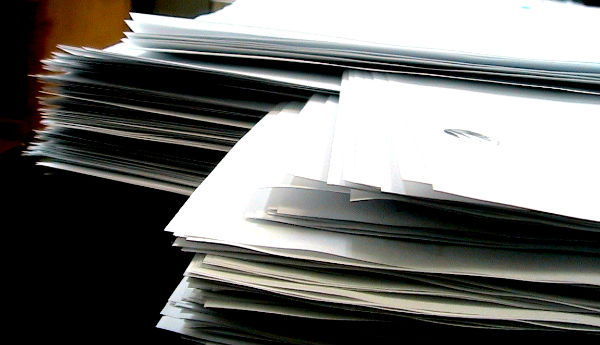Recycling was an important practical and psychological weapon on the US home front during World War II, 1941-45. Recycling practices died out by the late 1950s. Mayor Yorty in Los Angeles campaigned in 1960 on a platform that called for the end of curbside recycling. This phase of US recycling lasted for less than 10 years when the reaction set in. The generation that saw recycling end, baby boomers, were the very ones who reinstated it in US practice and culture.
Suffice to say that from the late 1960’s on, organized citizens, small businesses and progressive public officials turned the burn and bury culture around. Not overnight, but through consistent progress against an array of large institutions imbued with vested interest (concentrated corporations) and inertia (government agencies).
To their credit the early recycling activists made recycling happen before it was economically feasible to do so. The Survival Walk in California from Modesto to Sacramento was a pivotal event. Each day as the Survival Walk, led by Mary and Cliff Humphrey of Modesto Ecology Action, set out toward the capital, a drop-off recycling center was started as a symbol of what people could do every day to relieve the pressure on energy and resources. In 1970 with the emergence of Earth Day 3,000 drop off centers were stared. By the late 1970’s these grew into curbside recycling programs demanded by citizens that now serve every city in the country.
In the 1980s, the recycling movement merged with the spontaneous anti-incineration movement that emerged as 300 communities were simultaneously threatened with large, 1,000 ton per day plus, garbage incinerators.
Because each part of the country was affected, the movement grew rapidly from local to national dimensions, very much like the political energy and emergency that the Committees of Correspondence sent through the Colonies on the eve of the American Revolution against King George.
The battlefield was the local level because, happily, this is where decision-making authority over garbage resides. This is where citizens have the best opportunity to impact decisions. Recycling is an extraordinary movement in which people of every age, class, race and gender made it successful.
Today, recycling is an economic engine credited with creating at least 1 million jobs. Total sales are estimated just under $300 billion annually, not counting the construction & demolition debris (C&D) sector. The recycling sector of the economy is larger than the automobile sector and it continues to grow. Building deconstruction, C&D recycling, food discard programs, and more complement curbside recycling. New rules at the local level made it happen: minimum content, bans, Pay-as-You-Throw, Extended Producer Responsibility (EPR), mandatory commercial recycling, incentives for households, procurement preferences, landfill surcharges and resource recovery parks are a permanent part of the US landscape. EPR is playing a critical role in toxics reduction. It is beginning to play a critical role in local and regional economic development. The year old Illinois electronic take back law provides for double the incentives for reuse as recycling.
Recycling is the essence of sustainability: economic growth coupled with conservation, protection of air, water, energy, soil resources, and prevention of toxic materials and products. Recycling builds community and strengthens the democratic process at the local level. It builds self-reliant businesses, households and communities. Recycling also builds democracy. Citizens mobilized to take control of decision-making and to make new rules for recycling and composting. Alameda County, CA has a Solid Waste Reduction and Recycling Authority. The City of Austin has a newly formed Department of Resource Recovery with an $81 million budget. Scores of cities have reached diversion levels thought impossible by industry, local government and EPA officials just a few years ago. However, recycling activists always knew that the sky was the limit.
Happily, the cleaner the environment, the more valuable the embodied energy and labor in recycled materials and products become. The more recycling, the cleaner the environment. Recycling is both the means and ends of an industrial materials policy.
The US has gone from ‘burn and bury’ to ‘integrated resource recovery’ to ‘zero waste, or darn close to it’ paradigms in one lifetime. In 1995, activists saw that recycling alone was not a panacea. This is precisely why progressive cities such as San Francisco, Seattle and Austin have embraced zero waste planning that involves new rules, waste reduction incentives, and a wider range of strategic initiatives and policies.
We have not reached the pot of gold at the end of the garbage rainbow – zero waste – but we are on the right path headed in the right direction.




